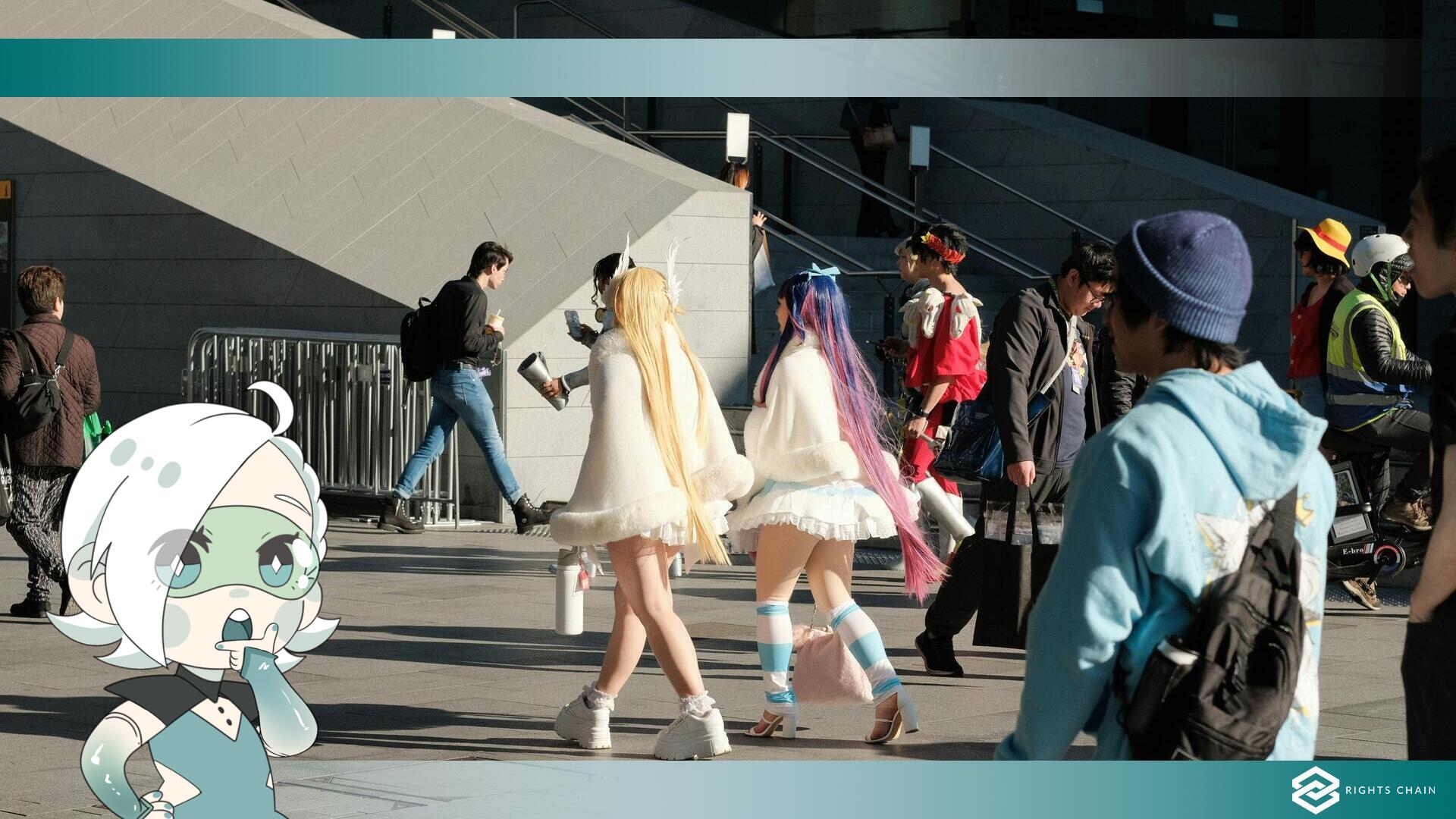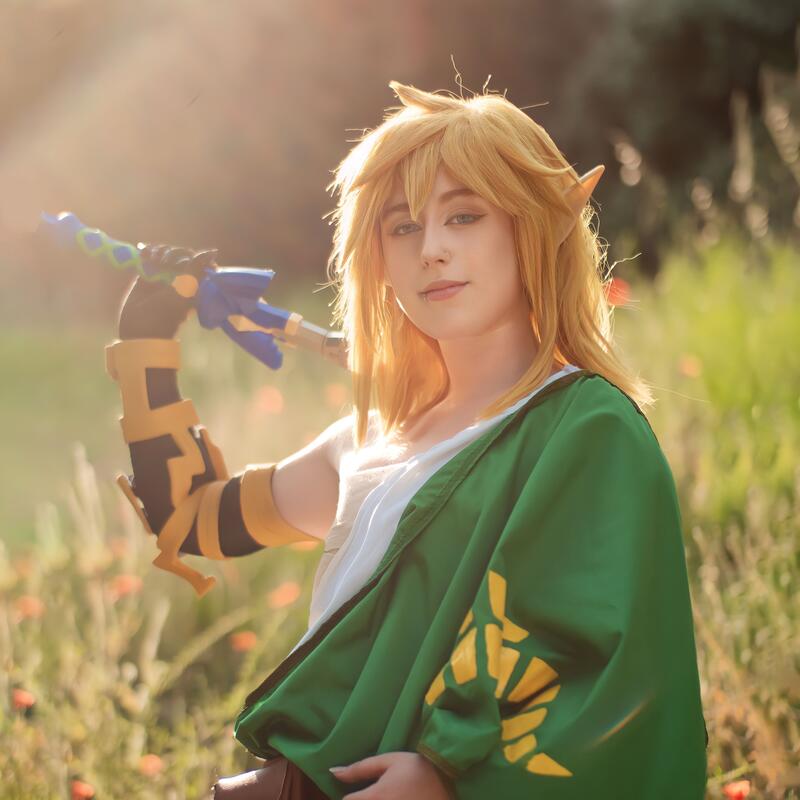Where will the Artist Alley be located at the Novegro Festival Del Fumetto?

- 2025-09-28
- Yako
- Opinions
- Dominic Kurniawan Suryaputra | Unsplash
For just over a decade, the Italian convention industry has been embracing the much-loved comic book and gaming sector, giving rise to countless themed events dedicated to cosplay, video games and any audiovisual product famous enough to have a considerable following. Organising large-scale events is undoubtedly a challenging undertaking, which is why there are professionals whose entire role revolves around managing this type of project. However, managing the layout of a limited space for traders specialising in different sectors and an audience that, in turn, is driven by different interests, seems to be becoming increasingly complex. The convention world is constantly evolving, which means that what attracts visitors one year may not correspond to the possibilities or desires of the organisers the following year.
Although some issues are beyond the control of the organisers, it must unfortunately be pointed out that the choices made are strictly dictated by economic interests and, if someone is left out, the cause is often found in monetary rather than ethical desires. As a business activity, those involved in convention management are incentivised to organise the event according to the criteria most likely to lead to a secure and stable profit, which often translates into decisions that are not shared by the participants themselves, whether they are traders or visitors. When it comes to events of this magnitude, it is, unfortunately, impossible to please everyone, especially when there are fees or monetary contributions involved, such as participation fees or tickets.
The current discussion applies to all events on Italian soil, but does not claim to be an exhaustive description of every single cosplay convention, as it is mainly a generalisation aimed at illustrating a problem that is, unfortunately, occurring with increasing frequency. As mentioned above, the continuous evolution of this sector leads to substantial changes as it develops; the con environment is therefore subject to frequent changes, including the introduction of new sections, with the consequent downsizing of others. Although these kinds of events are a meeting place for enthusiasts from different sectors, it is fair to recognise that not all areas attract the same number of visitors, which, at the end of the day, is what matters most to the organisers. Consequently, keeping an eye on which sectors attract visitors more than others could be the winning strategy for understanding how best to organise the next edition of the event, right?
Unfortunately, although this seems quite logical, putting it into practice appears to be increasingly complex. A striking example, and the title of this article, can be found in the treatment of the “artist alley” area present in the vast majority of current conventions. This area houses stands belonging to artists of all kinds, who are present at the event to promote their work, buy and sell, and, in some cases, take commissions on the spot. It is often grouped with the “self area”, a zone dedicated to independent artists and craftspeople, self-published comics, novels and other creative projects. In recent years, these areas have become increasingly successful, establishing themselves as key areas for most visitors; their artistic nature indirectly promotes social exchange, bringing artists and customers closer together on a deeper level, fuelled by a shared passion.
The influence of the artist alley is undoubtedly considerable, as many visitors (including cosplayers!) often report going to an event solely with the intention of browsing the area, exchanging a few words and enjoying the con from a more relaxed perspective. The artistic nature of the area rightly attracts those who, for one reason or another, prefer to avoid the crowds and high volume characteristic of other areas of conventions, such as the pavilions dedicated to the stage. So, why would the organisers of an event consider it appropriate to move the location of the artist alley to the stage pavilion? The answer is provided, indirectly, by a recent exchange between the organisers of the Novegro Festival del Fumetto and several artists from the Italian scene who will be participating in the future edition of the event in question.
During the organisation of the event, the organisers informed those directly involved that the artist alley would be moved from one of the adjacent pavilions to the entrance of the pavilion dedicated to cosplay, containing the stage and several stands hosting cosmakers, cosplayers and photographers - an area, in essence, characterised by a large turnout, but also by a very high volume and little room for manoeuvre. When asked about the reason behind the change, the managers explained that the pavilion from the previous edition would not be available due to the rescaling of the area dedicated to board games. Faced with this change, several artists were rightly concerned and turned to their community to gather opinions and thoughts from other visitors to the event. The responses obtained highlighted the most widespread general idea: moving the artist alley to a similar area would not only drastically reduce sales and opportunities for social interaction, given the noise and high number of passers-by, but would also pose a significant safety risk, as it would not be possible to move freely to reach the exits. Furthermore, as the event is held in January, the area will be even busier than usual due to the outdoor temperatures, making the interior uninhabitable.
Following the gathering of opinions, the artists decided to approach the organisers directly, explaining the problems encountered in the hope of changing the previously communicated arrangement. Fortunately, the request was accepted and the location of the artist alley was moved to another area, away from any potential deterrent for visitors wishing to visit it. As artists are well aware, there have been very few victories in the Italian convention world so far, but this could be the first step towards real change, towards the recognition of the artist alley for its importance and value. Well done, everyone!
We thank you for your attention and hope that today's article has shed some light on the situation. The Rights Chain team is always available.
Yako.
